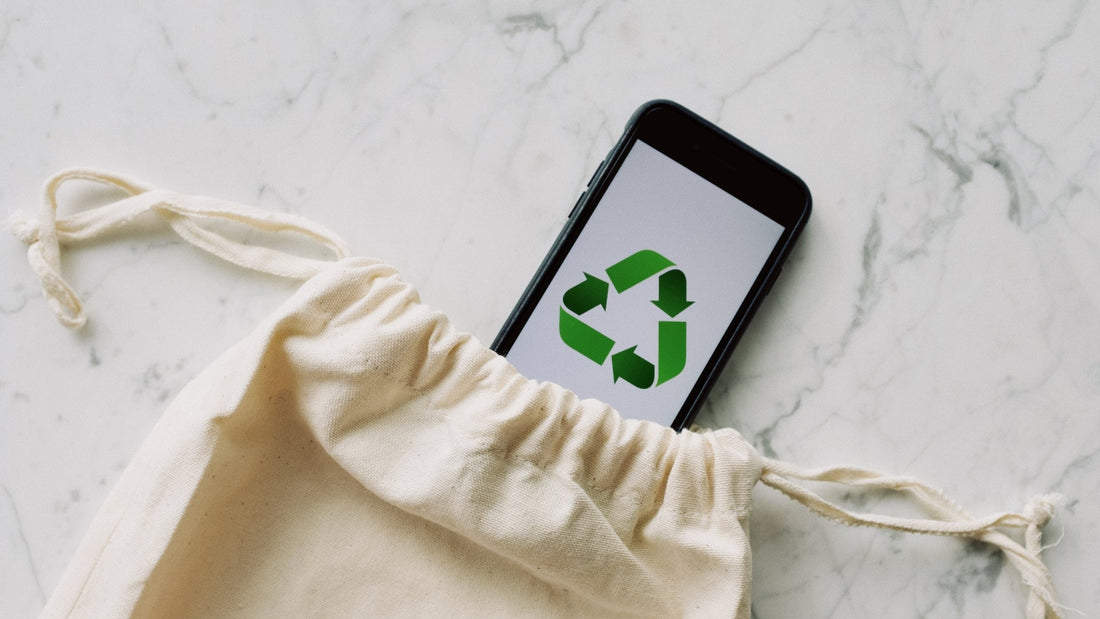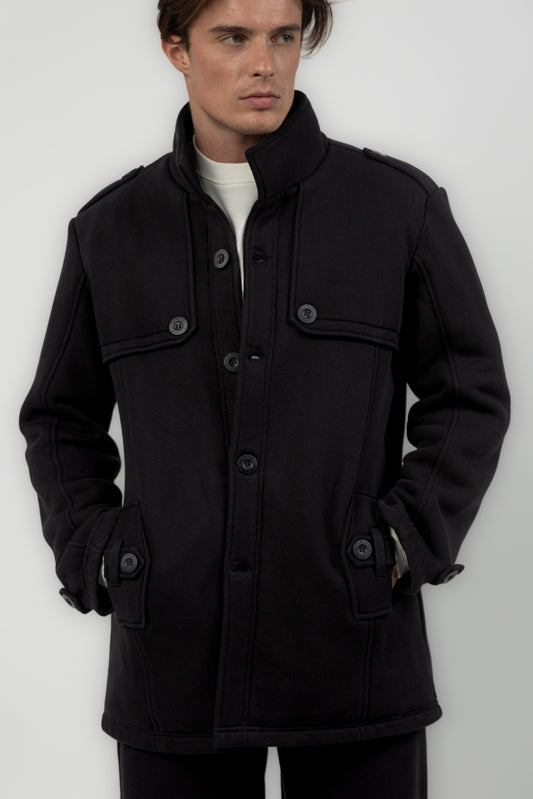
How to Spot Greenwashing: Don’t Fall for Fake Sustainability Claims
Share
With sustainability trending, brands are quick to slap on labels like "eco-friendly" and "green." But how can you tell if it's legit or just marketing fluff? Here’s how to separate true sustainability from greenwashing.
1. Vague Buzzwords
"Eco-friendly," "conscious," "green," "natural"—these words sound great but mean nothing without proof. Look for certifications like GOTS (Global Organic Textile Standard), OEKO-TEX, or Fair Trade. If a brand can't back up its claims, it might be greenwashing.
2. No Transparency
Genuine sustainable brands share details about their supply chain—where fabrics come from, who makes the clothes, and how production impacts the environment. If a company talks about sustainability but offers no specifics, it's a red flag.
3. Unrealistic Pricing
Sustainable fashion can't be dirt cheap. If a brand claims ethical production while selling $10 dresses, something doesn’t add up. Fair wages, eco-friendly fabrics, and responsible practices cost more—and that's okay.
4. Focus Only on One Aspect
Some brands highlight one "green" feature while ignoring the rest. A recycled polyester shirt might sound great, but if it's made in a sweatshop or dyed with toxic chemicals, it's not truly sustainable.
5. Look Beyond the Marketing
Check the brand's website—do they share production details, material sources, and labor practices? If it's all style and no substance, you’re likely dealing with greenwashing.
The bottom line? Do a little digging. Real sustainable brands, like Purple Potato, embrace transparency and back up their claims. Because true sustainability is more than just a buzzword—it's a commitment.





